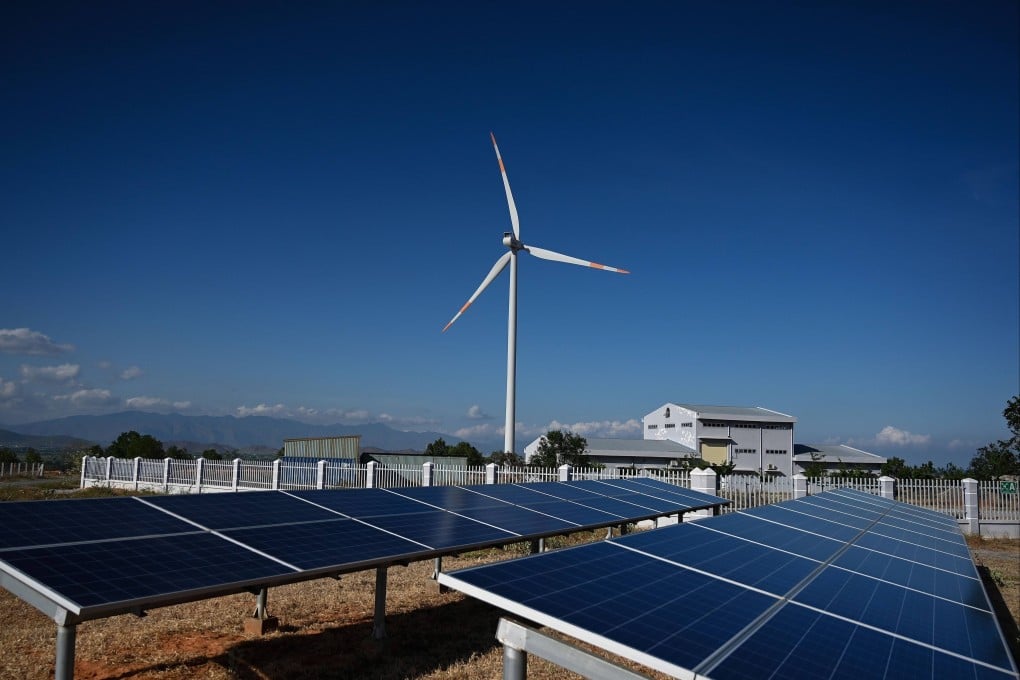Advertisement
Asean renewable energy sector gets boost from China’s solar projects, faces hurdle of fossil fuels reliance
- China’s export surge in solar modules has helped push down prices of such equipment and boost Asia’s renewable sector
- Apart from its fossil fuels dependency, Asean also faces hurdles such as a lack of clear rules and financing options to ramp up renewable output
Reading Time:4 minutes
Why you can trust SCMP
1

Southeast Asia’s push to triple renewable energy production in line with last year’s United Nations pledge is likely to get a boost from China’s record solar installations, but the region will need to overcome multiple hurdles for its clean energy transition, according to analysts.
China added 216.9 gigawatts of solar energy in 2023, surpassing 175.2 gigawatts generated in the United States, the world’s second-largest solar market, according to a report by Bloomberg News last week. The steep increase has facilitated a price plunge in renewable equipment, helping the rest of Asia.
“The result is that China has a dramatically larger capacity to export solar modules as 2024 and 2025 unfold, and the resulting global oversupply is pushing [solar] module prices down dramatically,” said Tim Buckley, Sydney-based director of Climate Energy Finance.
China’s export prices of modules have halved, and their efficiencies have improved dramatically because of investments in research and development, he said.
“All of this is increasing the commercial viability of solar relative to alternative sources of electricity, both within China and in the wider Asian markets and globally,” Buckley said. Though its early days, China should be able to leverage its leadership with trade partners in Asia, Africa and South America, he added.
Advertisement